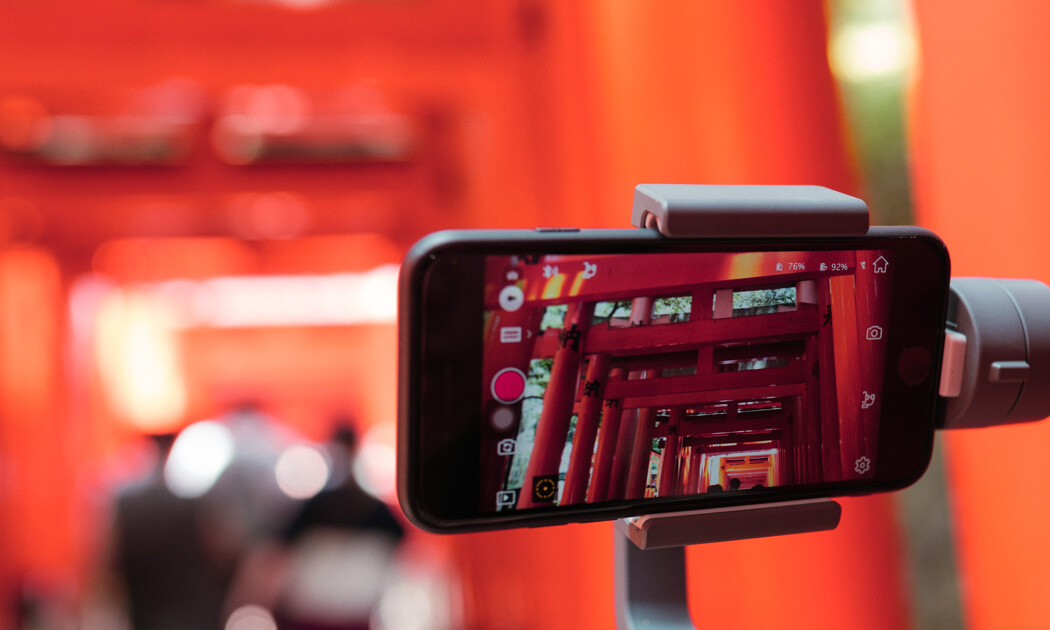What exactly does turning on the “Do Not Track” in my browser actually do?
This question was answered on October 2, 2025.

Photo by Markus Spiske on Unsplash
It’s no secret that we’re all being tracked relentlessly online, so the “Do Not Track” setting in your browser sounded promising. Flip a switch, and websites stop following you around the Internet, right? Unfortunately, it doesn’t quite work that way.
What It Was Intended To Do
When enabled, this feature adds a small message to every web request you make that says, in effect, “please don’t track me.” It’s like the speed limit signs we see every day. Whether others honor that sign is completely voluntary.
Why It Doesn’t Stop Tracking
Unlike privacy laws that carry enforcement, the Do Not Track signal is nothing more than a request. Companies are free to ignore it — and most do. Major advertising networks and social platforms realized they’d lose too much money if they respected every Do Not Track request, so compliance quickly faded. In practice, it’s like asking telemarketers nicely to stop calling you — a few might, but most won’t.
Toss Your Cookies?
When people start thinking about tracking, cookies usually come up next. Cookies are tiny files websites store on your device to remember things like your login session, shopping cart, or tracking information. Clearing cookies is one of the ways to reduce tracking, but it also means you’ll likely have to log back into sites because the “remember me” session was erased.
This raises a common worry: will clearing cookies erase my saved passwords? The good news is no — saved passwords are stored separately in your browser’s password manager (or a third-party password manager if you use one). Clearing cookies won’t wipe them out. The next time you log in, your browser should still offer to auto-fill your saved credentials. The only way you’d lose stored passwords is if you specifically choose to clear “saved passwords” or “browser data” in your settings, which is different from clearing cookies.
Think of cookies as the temporary name tag you wear at a conference — it helps people recognize you while you’re there. Saved passwords are more like your driver’s license tucked safely in your wallet. Throwing away the name tag at the end of the day doesn’t make your license vanish; it just means you’ll need to show it again the next time.
What You Can Do Instead
If your real goal is to reduce tracking, you’ll need more than just the Do Not Track switch:
- Use browsers with built-in tracker blocking such as Brave, Safari, or Firefox, which actively block known trackers instead of asking them politely.
- Using a Virtual Private Network (VPN) can help mask your IP address, which is one of the key ways advertisers and data brokers track you across the web. While a VPN won’t stop every type of tracking (such as cookies), it makes it much harder for websites to tie your activity back to your actual location or identity.
- Add tracker-blocking extensions like uBlock Origin or Privacy Badger for more granular control.
- Consider private search engines like DuckDuckGo or Startpage if you don’t want your search queries tied back to you.
- Review and manage cookies regularly to minimize some of the consistent tracking data.
About the author
 Ken Colburn of Data Doctors on October 2, 2025
Ken Colburn of Data Doctors on October 2, 2025
Need Help with this Issue?
We help people with technology! It's what we do.
Contact or Schedule an Appointment with a location for help!

